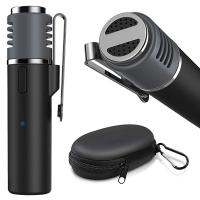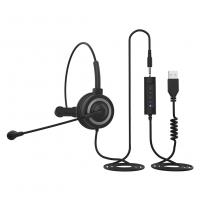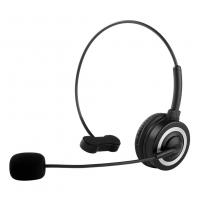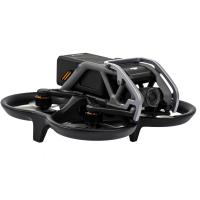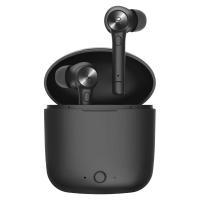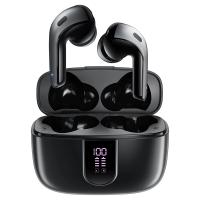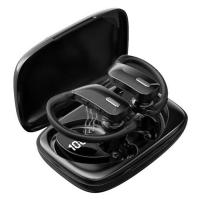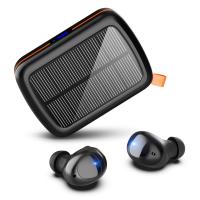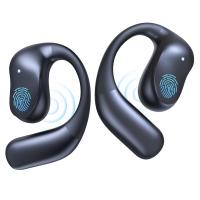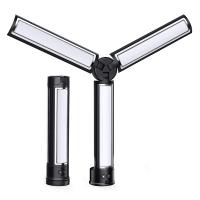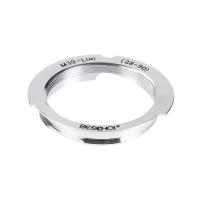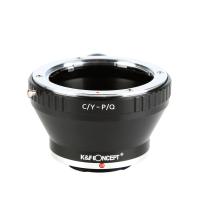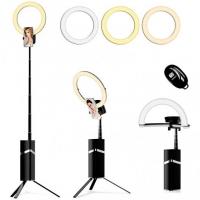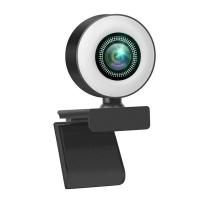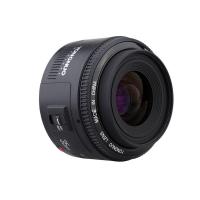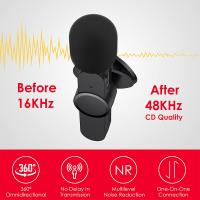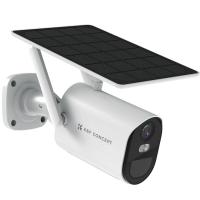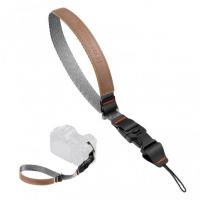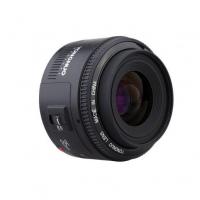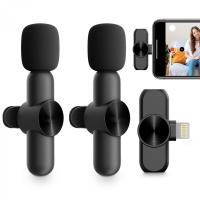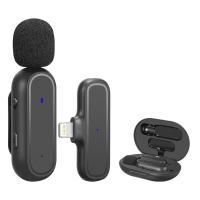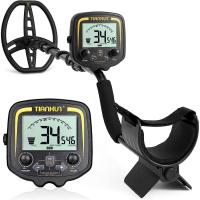How Do Ipod Earphones Work?
The foundational technology behind iPod earphones (or earbuds, as they are commonly known) is fascinating and nuanced. Earphones have transformed how we experience music and other auditory media, becoming a ubiquitous part of our daily lives. Whether you’re commuting, working out, or relaxing, understanding how these tiny devices function can deepen your appreciation for their design and engineering.
Introduction to Earphone Technology

At their core, earphones operate on principles of electromagnetism to convert electrical signals into audible sound waves. This entire process is predicated upon coordinated interaction among several key components: the driver unit, diaphragm, magnet, coil, cable, and ear tips.
Understanding the Components
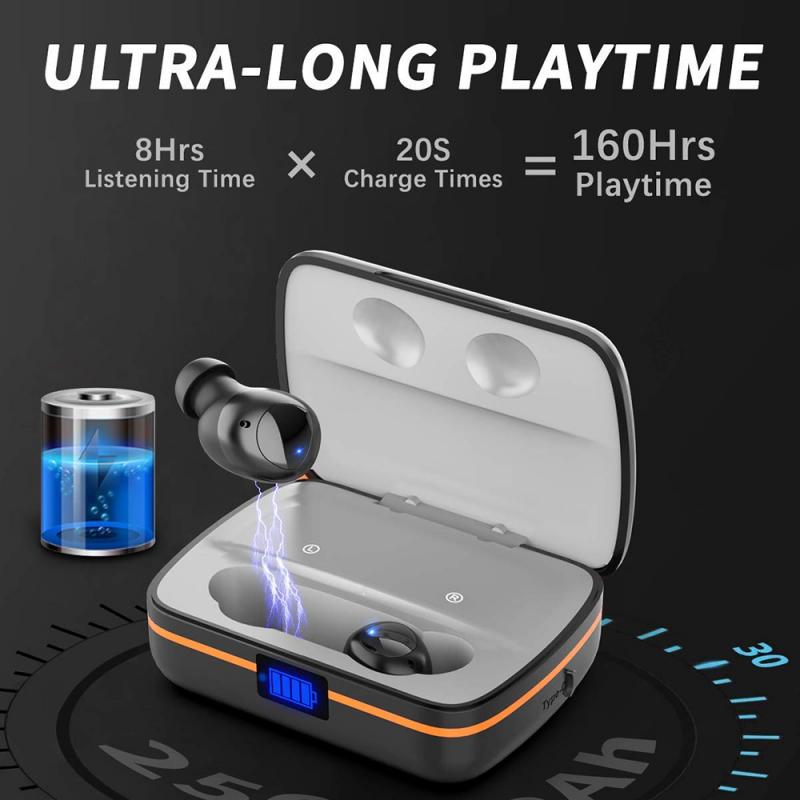
1. Driver Unit:
The driver unit is essentially the heart of the earphones. It converts electrical signals into sound. Most earphones typically use dynamic drivers, which are renowned for their durability and ability to produce a broad range of sound frequencies.
2. Diaphragm:
The diaphragm is a thin membrane that vibrates when electrical signals pass through the driver. These vibrations generate sound waves, which we perceive as auditory signals.
3. Magnet:
Earphones contain a small permanent magnet, which, in conjunction with the coil, helps to create the necessary magnetic field to facilitate diaphragm movement.
4. Coil:
The coil, also known as the voice coil, is made of conductive wire wound into a circular shape. When electrical audio signals pass through this coil, it creates an electromagnetic field that interacts with the magnet, causing the diaphragm to vibrate and produce sound.
5. Cable:
The cable carries electrical signals from the iPod to the driver unit. High-quality cables are designed to minimize signal loss and interference, ensuring clearer sound quality.
6. Ear Tips:
The ear tips are the part of the earphones that sits inside your ear canal. They come in various sizes and materials (such as silicone or foam) to provide comfort and sound isolation.
How It All Comes Together

When you start playing a track on your iPod, electrical signals are sent through the earphone cable to the driver units. These signals are essentially representations of the sound waveforms in digital form. Inside the driver unit, the coil creates an electromagnetic field when these signals pass through it. This field interacts with the magnet, causing the diaphragm to vibrate rapidly. These vibrations push air in and around your ear canal, which translates into sound waves that your brain interprets as music or speech.
Types of Earphones: Wired vs. Wireless
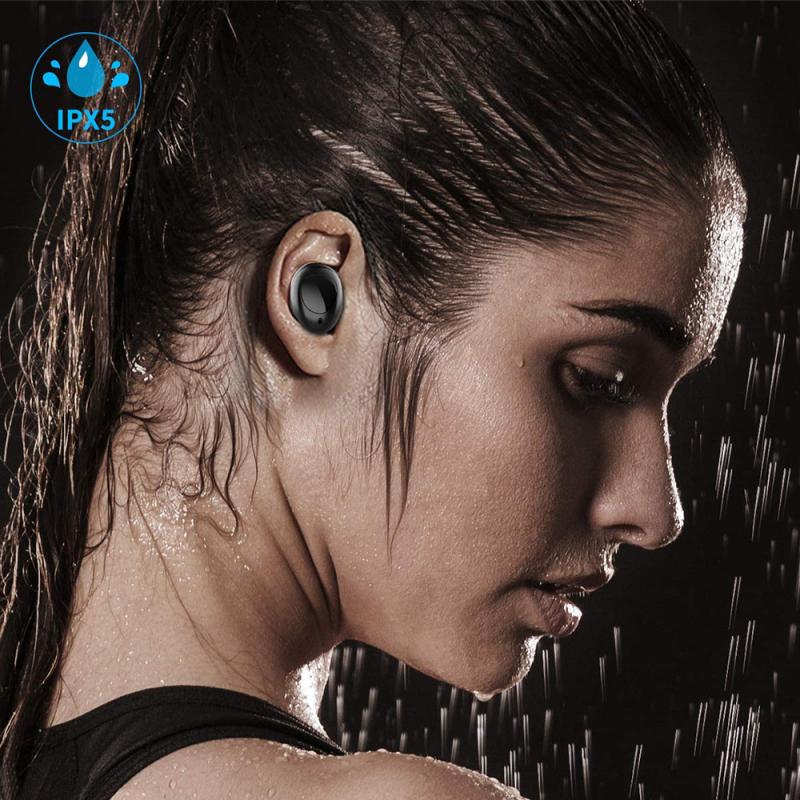
With advancements in technology, earphones have also evolved. There are two primary types: wired and wireless (such as Bluetooth earphones).
Wired Earphones:
These earphones have a direct physical connection to the device (such as an iPod). Wired earphones typically offer reliable sound quality with minimal latency, as the digital signals are directly transmitted through the cable.
Wireless Earphones:
Wireless earphones connect via Bluetooth. Though they provide the convenience of no physical cables, the audio signals must be compressed and transmitted wirelessly, which can sometimes result in a minor loss of audio quality or introduce latency. However, modern Bluetooth codecs have significantly reduced these issues.
The Science of Sound Quality
Several factors contribute to the sound quality of earphones, including frequency response, impedance, sensitivity, and Total Harmonic Distortion (THD).
1. Frequency Response:
This refers to the range of frequencies the earphones can reproduce, typically measured in Hertz (Hz). A broader frequency response usually indicates better sound reproduction. Most earphones cover a range from 20Hz to 20kHz, which encompasses the typical human hearing range.
2. Impedance:
Measured in Ohms (Ω), impedance refers to the resistance offered by earphones to the electrical signal. Lower impedance earphones can be easily driven by portable devices like an iPod, while higher impedance earphones might require an external amplifier for optimal performance.
3. Sensitivity:
Sensitivity, measured in decibels (dB), indicates how loud the earphones will be for a given electrical input. Higher sensitivity means louder sound at the same volume setting.
4. Total Harmonic Distortion (THD):
THD measures the distortion level produced by earphones. Lower THD indicates purer sound reproduction.
Usage Scenarios and Practical Tips
1. Daily Commute:
Look for earphones with good noise isolation or active noise cancellation (ANC) to block out ambient sounds.
2. Workouts:
Sweat-resistant and secure-fit earphones ensure durability and comfort during exercise sessions.
3. High-Fidelity Listening:
Opt for earphones with a wide frequency response and low impedance for enjoying high-quality audio tracks.
4. Conference Calls:
Earphones with an integrated microphone and clear vocal reproduction are ideal for professional communication.
Maintenance and Care
To ensure longevity and optimal performance, proper maintenance of your earphones is essential. Here are some tips:
1. Storage:
When not in use, store your earphones in a protective case to prevent tangling and physical damage.
2. Cleaning:
Regularly clean the ear tips and driver grills to avoid the buildup of earwax and debris, which can affect sound quality.
3. Handling:
Avoid tugging the cables forcefully and remove earphones by holding the plug, not the cable, to prevent internal wiring damage.
The technology behind iPod earphones is a sophisticated blend of engineering and material science. By converting electrical signals into sound waves through a meticulously designed system of drivers, magnets, and coils, these humble devices deliver an immersive auditory experience. Whether you favor wired or wireless earphones, understanding their function helps you make informed choices and appreciate the ingenuity that goes into their creation. Taking proper care of your earphones will ensure they continue to provide excellent sound quality for years to come.
As we move forward, advancements in acoustic technology will continue to refine the experience provided by earphones, making them an ever more integral part of our lifestyle. From high-fidelity music lovers to on-the-go professionals, earphones support a spectrum of needs and preferences, proving that even the smallest gadgets can have a significant impact on how we live and hear the world around us.



